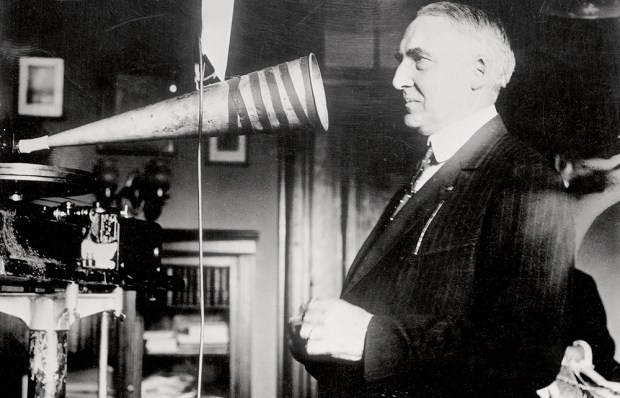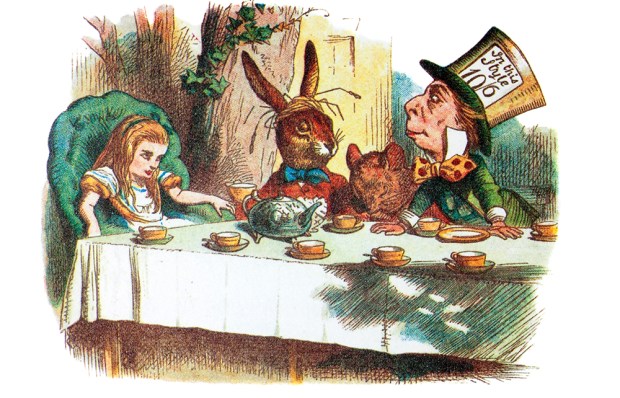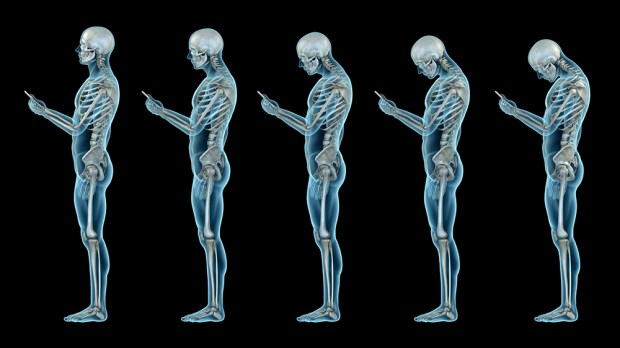To find out why the poetry of Ebenezer Jones was thought execrably bad, I turned to The Spectator of September 13, 1879. It carried a review of a new edition (encouraged by Dante Gabriel Rossetti) of Jones’s Studies of Sensation and Event, first published in 1843 and mercilessly mocked.
Poor Jones had been so upset that he wrote no more poetry until the eve of his death aged 40 in 1860. It was all the worse because he’d hoped to escape through poetry the City counting house where, since he was 17 and his father died, he had slaved for 12 hours a day.
Already a victim of unrequited love, he married unhappily. He suffered dyspepsia and pulmonary consumption. In the photo in my 1883 edition of his poems he lacks his right hand, a detail about which I can’t find biographical mention. Compared with Jones, Max Beerbohm’s satirically obscure poet Enoch Soames seems a bright figure. But what did he get wrong?
The Spectator review says much of his verse was ‘quite unfit for the perusal of boys and girls; but so are many great works of literature’. Indeed, there are naked breasts, wanton love throes and, even when the poet is not otherwise engaged, a lot of moaning. In the poem ‘Inactivity’ he looks at leaves, and, ‘“Oh,” moaned I, “what good is green or golden, or birds, or skies, or anything?”’
The label retrospectively stuck on Jones was that he was a ‘Spasmodic’. This pejorative term got going in 1853 when Charles Kingsley called Shelley’s poems ‘weak, effeminate, spasmodic’. W.E. Aytoun then wrote a whole verse drama in parody of Spasmodics like Alexander Smith and Sydney Dobell.
Jones hardly qualified as effeminate by writing of lying in his mistress’s lap; it was more his incapacity to master sensations — obviously a feminine trait, as hysteria was by definition. To me, his poetry recalls Theo Marzials’ later Gallery of Pigeons, published in 1873, with its thighs and tulipans and throbbing, decadent before its time.
‘Spasmodic’ was a term to put down a despised tendency. As with those called ‘gammon’ today, its members did not need to join the tendency voluntarily.
Got something to add? Join the discussion and comment below.
Get 10 issues for just $10
Subscribe to The Spectator Australia today for the next 10 magazine issues, plus full online access, for just $10.
You might disagree with half of it, but you’ll enjoy reading all of it. Try your first month for free, then just $2 a week for the remainder of your first year.














Comments
Don't miss out
Join the conversation with other Spectator Australia readers. Subscribe to leave a comment.
SUBSCRIBEAlready a subscriber? Log in